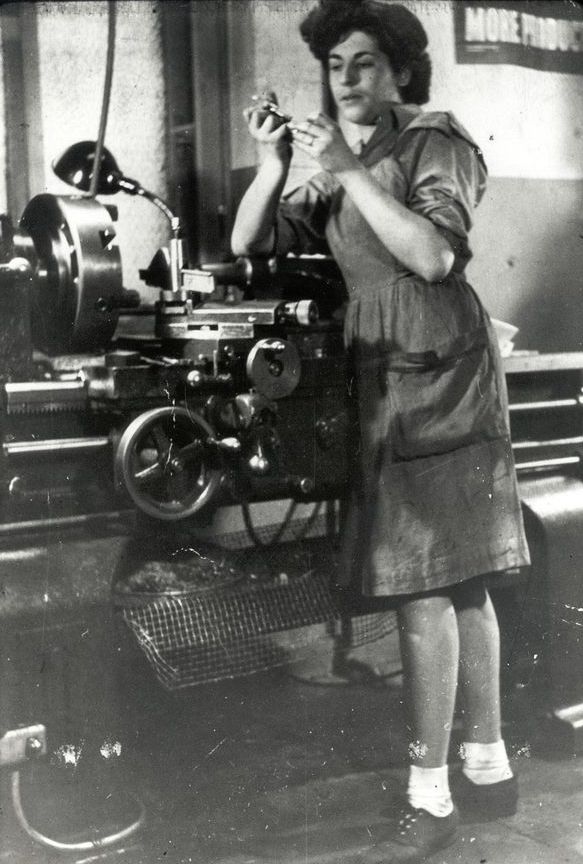On, Alumnae: Thelma Estrin

Estrin introduced computing technology to medical research, leading the way to today’s health-care systems. Wikimedia Commons
Thelma Estrin ’48, MS’49, PhD’52 blazed a trail in the field of medical informatics (the practice of applying computers to medical research and treatment). Although she always had an aptitude for math and science, those fields were generally off-limits for women in the years following the Great Depression. “I was the first woman engineer I ever knew,” she once said.
That was among her many firsts. In 1961, Estrin published one of the first descriptions of a system to digitize electrical impulses from the nervous system. During a professional career that spanned some 40 years, she authored dozens of research papers about mapping the brain with computers.
She and her husband, Jerry, built Israel’s first supercomputer. After joining the faculty at UCLA, Estrin became director of the data processing lab for that university’s Brain Research Institute in 1970, and later developed a computer network between UCLA and UC–Davis. As she became interested in how computers could help clinicians make better decisions, she helped develop EMERGE, a first-of-its-kind system to guide emergency room personnel in treating chest pain.
Estrin was the first woman elected to the board of IEEE (the Institute of Electrical and Electronics Engineers), the world’s largest professional organization for technology advancement, as well as its first female vice president. UW–Madison gave her an honorary doctorate in 1989.
As part of the On Wisconsin women’s issue, see other UW alumnae you oughta know.
Published in the Summer 2019 issue



Comments
No comments posted yet.